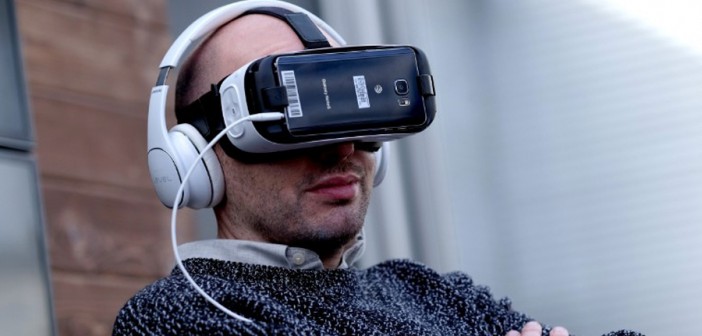Getting Ahead Of The VR Craze To Come
As said in the cult classic Spaceballs, “When will ‘then’ be ‘now’?” Soon. There’s no denying that we’re in a bit of a lull when it comes to marketing with virtual reality. While many of us rode high on the first wave of VR, the end of 2014 seemed to come with a calming of the seas. The mad grab for VR-related headlines had slowed, and a sense of fatigue seemed to set in across the advertising community as many debated the long-term viability of the new medium. Some argued that the luster had worn off of a tech gimmick that wouldn’t likely find a home with a mainstream audience.
Those keeping a closer eye on the fledgling VR scene were quick to note that this was not the case — at least not yet. Various high-profile investments in VR have continued to manifest regularly, ranging from VR hubs from streaming services like Netflix and Hulu (with rumors of Amazon following suit), to The New York Times’ noteworthy distribution of cardboard headsets, and just this week Coachella announced VR integration for concert-goers and fans at home.
But despite the splashes made along the way, the fact remains that, at this point there is simply no mainstream market for VR content, and to many this signals a “pencils down” period for VR marketing as the appetite for the medium matures. And that’s where we can get into trouble.
If we’re in the trough following VR’s first big wave, most indications tell us that the next wave is coming soon. 2016 looks to be the beginning of another important year for it, with premium headsets like the Oculus Rift and HTC Vive finally becoming available to consumers, and the latest GearVR shipping free with new Samsung phones.
For the first time since the revitalization of VR, the consumer market will begin to really take shape in ways that it hasn’t been able to before. And while that market will predictably be small and niche to start out, it will be a market hungry for content. And therein lies the opportunity we need to be prepared for.
As it stands, we have a lot of learning to do before we can produce VR content with the same level of confidence that we have with our other core capabilities, and it’s likely an education that we won’t be getting on our clients’ dime. With an often-hefty price tag and no promise of any significant ROI, VR remains a risky endeavor for many marketers.
Hence, the lull we find ourselves in now. But with growing, interested audiences on the way, those who take advantage of the lull in the market to invest in exploring the new creative, production and measurement techniques that we’ll be facing will find themselves ahead of the curve, poised to be first to market with content that the VR audience will so desperately be hunting for.



